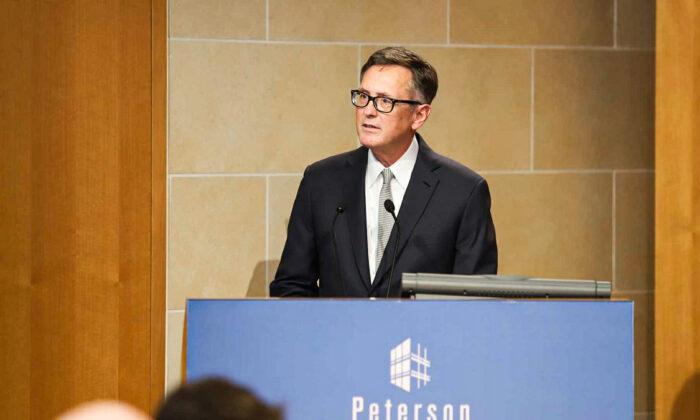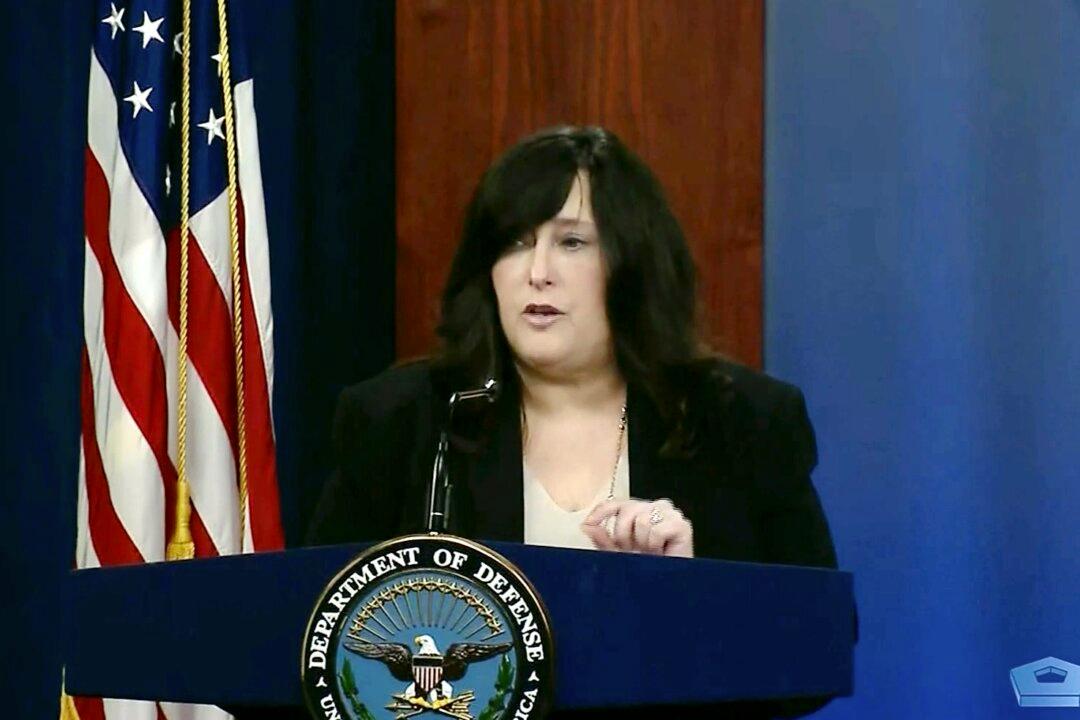Federal Reserve Vice Chairman Richard Clarida said on Nov. 8 that inflation this year has been far higher than the Fed expected, and while he still believes inflationary pressures are transitory and will dissipate “over time,” a longer run of elevated prices would amount to a policy failure on the part of the central bank.
“Let me be clear on two points. First, realized PCE inflation so far this year represents, to me, much more than a ’moderate' overshoot of our 2 percent longer-run inflation objective, and I would not consider a repeat performance next year a policy success,” he said.
“Second, as always, there are risks to any outlook, and I and 12 of my colleagues believe that the risks to the outlook for inflation are to the upside.”
Clarida said he expects core PCE inflation to run “at least” 3.7 percent for all of 2021, before reverting to 2.3 percent in 2022, 2.2 percent in 2023, and 2.1 percent in 2024.
“The baseline outlook for inflation over the three-year projection window reflects the judgment, shared with many outside forecasters, that under appropriate monetary policy, most of the inflation overshoot relative to the longer-run goal of 2 percent will, in the end, prove to be transitory,” he said.
Blaming “substantial” imbalances between supply and demand, including labor supply, for pushing inflation higher, Clarida said he expects that “these imbalances are likely to dissipate over time as the labor market and global supply chains eventually adjust and, importantly, do so without putting persistent upward pressure on price inflation and wage gains adjusted for productivity.”
A number of economists have warned that if the Fed is too far behind the curve on acting to tame surging inflation, it could force the central bank to take more drastic steps later and upend markets.
El-Erian said he fears that Fed officials will double down on the transitory framing rather than cast it aside, raising the probability of the central bank “having to slam on the monetary policy brakes down the road—the ‘handbrake turn.'”
“A delayed and partial response initially, followed by big catch-up tightening—would constitute the biggest monetary policy mistake in more than 40 years,” El-Erian argued, adding that it would “unnecessarily undermine America’s economic and financial well-being” while also sending “avoidable waves of instability throughout the global economy.”
At their most recent policy meeting, Fed officials voted to leave interest rates unchanged but opted to proceed with a gradual rollback of the central bank’s massive bond-buying program.
Clarida said in his remarks to the conference that, while “we are clearly a ways away from considering raising interest rates,” if his prediction for the PCE inflation rate holds, as do Fed forecasts for a drop in the unemployment rate to 3.8 percent by the end of 2022, then he believes the necessary conditions will be met for a rate increase by the end of 2022.





